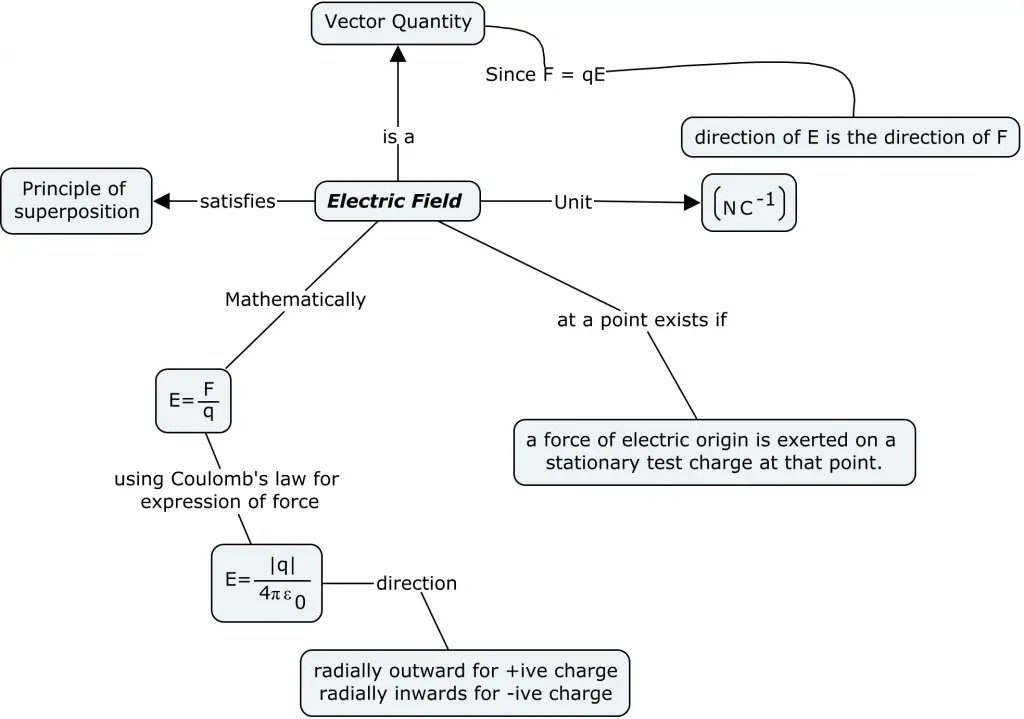TL;DR
The escape velocity formula does not depend on the escaping object’s properties. The only thing that counts is the celestial body’s mass and radius. It is given by the relation
$v_e = \sqrt{\frac{2GM}{R}}$
You’ve probably seen rockets launch into space. These rockets need a huge kick or push to leave the earth’s surface. This push is needed because of the earth’s strong gravitational field. So here comes to escape velocity.
Escape Velocity Formula
In this article learn about the escape velocity formula and how to use this formula to find the escape velocity of any object or body. Before going any further let us discuss What is escape velocity.
What is Escape Velocity
You might have noticed a ball thrown up in the air. When we throw it upwards it ascends to a certain height and falls back to the Earth. If we again throw it with greater velocity than the previous then, in this case, it rises to a greater height than the previous launch.
Can we keep on increasing the velocity of the ball to move to a height from where it does not return back to earth? Is it possible? And the answer is yes it is possible.
So,
If an object is launched from the Earth’s surface at a high enough velocity so that it can ascend into space and never return. This is known as the Earth’s escape velocity.
Now that we have defined escape velocity let us look at its formula.
For any massive celestial body, the escape velocity formula or equation is given by the relation
$$v_e=\sqrt{\frac{2GM}{R}}$$
where,
$v_e$ is escape velocity
$M$ is the mass of the planet or celestial body
$R$ is the radius of the planet and
$G$ is a Gravitational constant and its value is given by $G=6.67\times 10^{11}\,Nm^2Kg^{-2}$
from this escape velocity formula, we can clearly see that escape velocity does not depend on the properties of the escaping object.
The mass and radius of the planet or celestial body in question are the only factors that matter.
The escape velocity of the earth is 11.2 km/s which corresponds to about 25,000 miles per hour.
Now that we’ve learned about the escape velocity formula, we’ll look at some problems that use it.
Some Important Escape Velocities
The table given below lists the escape velocities of some celestial bodies that you might want to remember as they are often used while solving problems related to this formula.
| Celestial Body | Escape Velocity |
|---|---|
| Moon | 2.3 Km/s |
| Mercury | 4.28 Km/s |
| Earth | 11.2 Km/s |
| Jupiter | 60 Km/s |
| Sun | 618 Km/s |
| Neutron Star | $2\times 10^5$ Km/s |
Escape Velocity Formula – Solved Example Problems
Question 1. Calculate a body’s escape velocity from the moon. Assume that the moon is a uniform sphere with a radius of $1.76 \times 10^6 \,m$ and a mass of $7.36 \times 10^{22} \, Kg$.
Value of universal gravitational constant is $G=6.67\times 10^{11}\,Nm^2Kg^{-2}$
Solution.
Let us first write down the information given in the question. It is given that
Radius $R=1.76 \times 10^6 \,m$,
Mass $m=7.36 \times 10^{22} \, Kg$
Escape velocity is given by the relation
$v_e=\sqrt{\frac{2GM}{R}}$
putting in all the values we gat
$v_e=\sqrt{\frac{2\times 6.67\times 10^{11}\times 7.36 \times 10^{22}}{1.76 \times 10^6}}$
calculating it we get
$v_e= 2375\, m/s = 2.375 \, Km/s$
Question 2. A black hole is a body from which nothing can escape. What conditions must be met for a uniform spherical body of mass M to be a black hole? What should the radius of a black hole be if it has a mass nine times that of the Earth? (Mass of Earth $M_E=6\times 10^{24}\, Kg$ and $G=6.67\times 10^{11}\,Nm^2Kg^{-2}$ )
Solution.
Even light should not escape a body that is a black hole. This is because from Einstein’s special theory of relativity we know that speed of any object can not exceed the speed of light $(c=3\times 10^8 \, m/s)$. So, $c$ is the upper limit to the projectile’s escape velocity. Hence for the body to be a black hole,
$v_e=\sqrt{\frac{2GM}{R}}\leq c$
Now if the mass of the black $M_B$ hole is nine times then the mass of earth $M_E$
$M_B=9 \times M_E$
putting in the value of the mass of earth we get
$M_B=9\times 6\times 10^{24}\, Kg$
Now by rearranging escape velocity formula for the value of $R$ we get
$R=\frac{2GM}{c^2}=\frac{2\times 6.67\times 10^{11} \times 9 \times 6\times 10^{24}}{(3\times 10^8)^2}$
on calculating we get
$R\simeq 8\times 10^{-2}\, m$ or nearly 8 cm.
Question 3. Jupiter has 318 times the mass of the Earth, and its radius is 11.2 times that of the Earth. Calculate the escape velocity of a body from Jupiter’s surface assuming that the escape velocity from Earth’s surface is 11.2 Km/s.
Solution.
Escape velocity from the surface of Earth is
$v_e=\sqrt{\frac{2GM_E}{R_E}}=11.2\, Km/s$
where, $M_E$ is mass of Earth and $R_E$ is radius of Earth
$v’_e=\sqrt{\frac{2GM_J}{R_J}}$
where, $M_J$ is mass of Jupiter and $R_J$ is radius of Jupiter and $v’_e$ is the escape velocity from Jupiter.
Now it is given in the question that
$M_J=318M_E$ and $R_J=11.2R_E$
therefore,
\begin{align*}
v’_e &=\sqrt{\frac{2G(318\times M_R)}{11.2 \times R_E}}\\
&=\sqrt{\frac{2GM_E}{R_E}\times\left (\frac{318}{11.2}\right)}\\
&=v_e\times\sqrt{\frac{318}{11.2}}\\
&=11.2\times\sqrt{\frac{318}{11.2}}=59.7\,Km/s
\end{align*}

